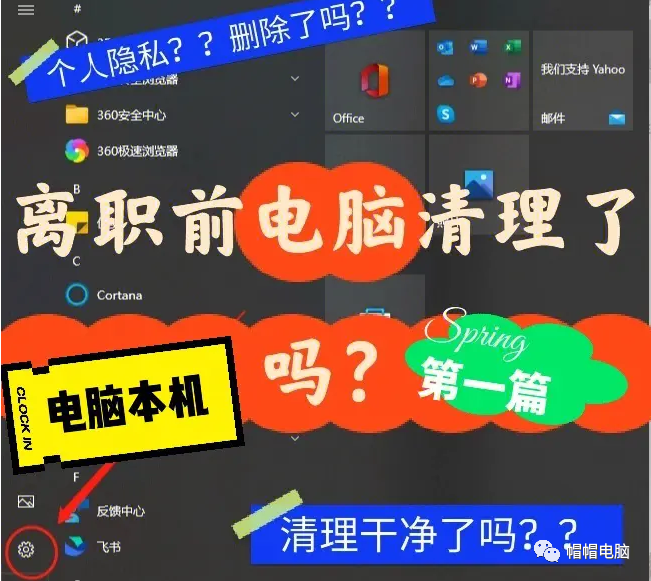在 CSS 中,存在许多数学函数,这些函数能够通过简单的计算操作来生成某些属性值,在现代 CSS 解决方案:CSS 数学函数[1]一文中,我们详细介绍了:
在 现代 CSS 解决方案:CSS 原生支持的三角函数[2] 一文中,给大家介绍了从 Chrome 111 开始也逐渐开始原生支持的三角函数:
而本文,我们将介绍另外一个非常有意思的数学函数 – round()。
何为 round()?
简单来说,round() CSS 函数的作用就是根据选定的舍入策略返回舍入数。
举个例子,在 JavaScript 中,我们可以使用 Math.round() 返回一个数字四舍五入后最接近的整数。
譬如:
x = Math.round(20.49); //20
x = Math.round(20.5); //21
x = Math.round(-20.5); //-20
x = Math.round(-20.51); //-21
现在,CSS 借助 round() 函数也有了相同的能力:
line-height: round(2.2, 1); /* 2 */
line-height: round(14.82, 1); /* 15 */
line-height: round(5.5, 1); /* 6 */
也就是说,round(2.2, 1) 中的 2.2 四舍五入后,最后的计算值是 2。
round() 完整语法
round() 的完整语法规则还是比较复杂的。完整的介绍可以看 MDN – round()[3]。
使用它,可以完美实现类似于 JavaScript 中的如下几个方法:
Math.ceil()[4]
Math.floor()[5]
Math.round()[6]
Math.trunc()[7]
它的完整语法规则:
<round()> = round( <rounding-strategy>?, <valueToRound> , <roundingInterval> )
可以看到,它最多可以接收 3 个参数,并且第一个参数是可选参数:
:需要被四舍五入的值。必须是 、 或
,或者解析为这些值之一的数学表达式。
:舍入的间隔规则。这是一个 、 或
,或者解析为这些值之一的数学表达式。
基于此,举几个例子:
<div class="box-1"></div>
<div class="box-2"></div>
<div class="box-3"></div>
<div class="box-4"></div>
<div class="box-5"></div>
:root {
--rounding-interval: 25px;
}
div {
width: 100px;
background: rgba(255, 100, 0, .8);
}
div.box-1 {
height: round(nearest, 110px, var(--rounding-interval)); /* 最终计算值:100px */
}
div.box-2 {
height: round(up, 110px, var(--rounding-interval)); /* 最终计算值:125px */
}
div.box-3 {
height: round(down, 120px, var(--rounding-interval)); /* 最终计算值:100px */
}
div.box-4 {
height: round(to-zero, 120px, var(--rounding-interval)); /* 最终计算值:100px */
}
div.box-5 {
height: round(120px, var(--rounding-interval)); /* 最终计算值:125px */
}
结果如下:

图中背景一个格子的大小是 25px
完整的 DEMO 可以看这里 CodePen Demo – CSS Math Function Round() Demo[8]
round 能解决什么问题?
OK,铺垫了那么久,我们下面进入实战环节。
那么,round() 函数在 CSS 中有什么具体的作用吗?能应用到什么地方?
解决基于 transform 的模糊问题
在之前的 疑难杂症:运用 transform 导致文本模糊的现象探究[9] 这篇文章中,我们介绍了一种基于transform 的模糊问题。
我们来回顾一下问题现象:
在我们的页面中,经常会出现这样的问题,一块区域内的文本或者边框,在展示的时候,变得特别的模糊,如下(数据经过脱敏处理):
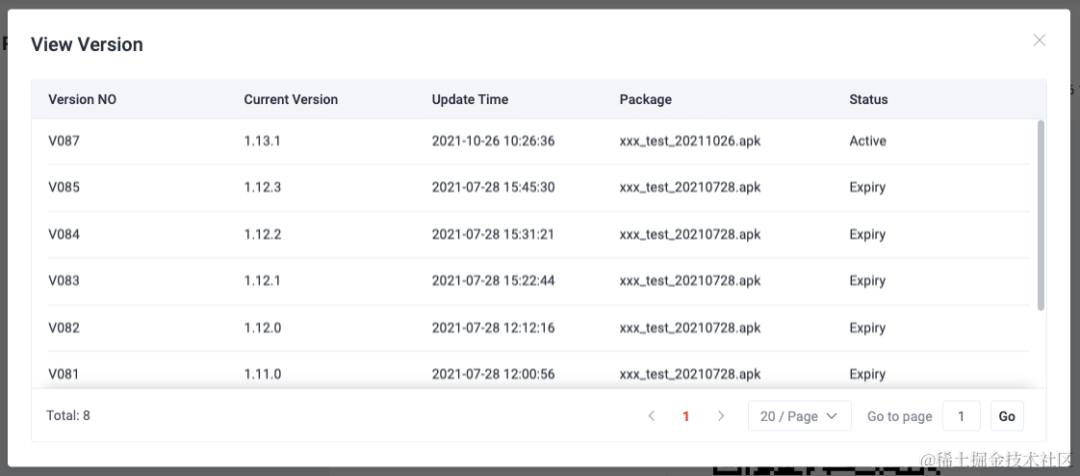
正常而言,应该是这样的:
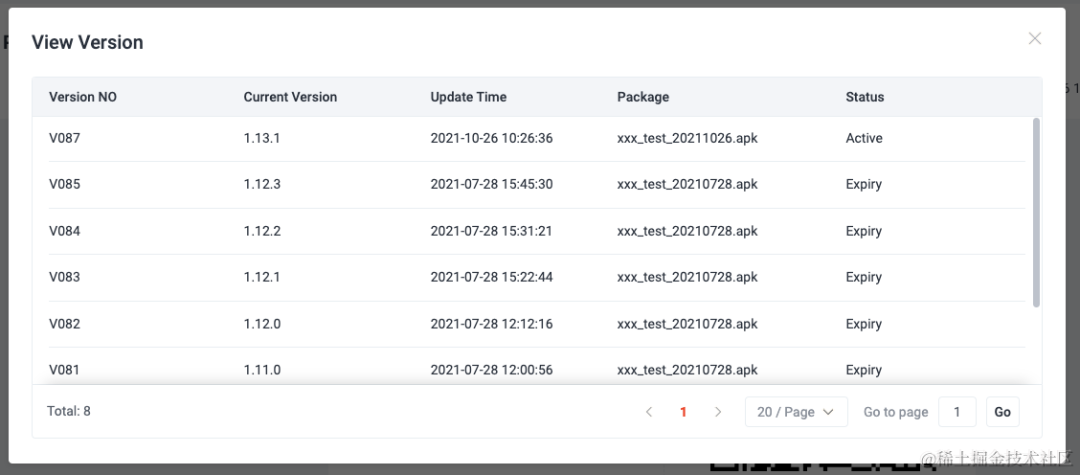
emmm,可能大图不是很明显,我们取一细节对比,就非常直观了:
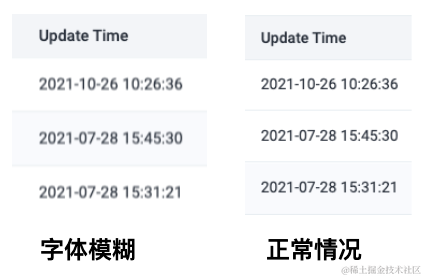
那么?什么时候会触发这种问题呢?在 Google 上,其实我们能搜到非常多类似的案例,总结而言:
当文本元素的某个祖先容器存在 transform: translate() 或者 transform: scale() 等 transform 操作时,容易出现这种问题
当然,这只是必要条件,不是充分条件。继续深入探究,会发现,必须还得同时满足一些其它条件:
元素作用了 transform: translate() 或者 transform: scale() 后的计算值产生了非整数
譬如,上述案例触发的 CSS 代码如下:
.container {
position: absolute;
width: 1104px;
height: 475px;
top: 50%;
transform: translateY(-50%);
// ...
}
由于元素的高度为 475px,translateY(-50%) 等于 237.5px,非整数,才导致了内部的字体模糊。
但是,需要注意的是,并非所有产生的非整数都会导致了内部的字体模糊。
这里有个简单的示意:
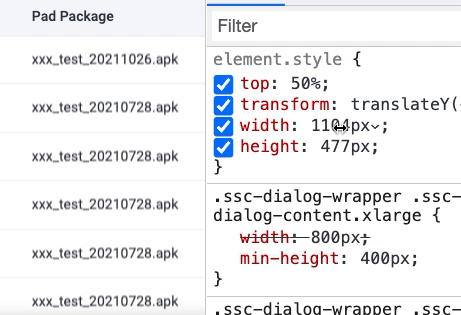
还是上述的例子,当高度从 477px 一直调整到 469px 的过程中,只有 477px 和 475px 导致了模糊,而 473, 471, 469 则没有。所以,这也只是引发模糊的一个必要条件。
文本内容是否模糊还与屏幕有关round函数是什么意思,高清屏(dpr > 2)下不容易触发,更多发生在普通屏幕下(dpr = 1)
在我实测的过程中还发现,这个现象基本只会发生在 dpr 为 1 的普通屏幕下。
类似于 MAC 的高清屏幕则不太会触发这个问题。
dpr = 物理像素 / 设备独立像素,表示设备像素比。这个与我们通常说的视网膜屏(多倍屏,Retina屏)有关。设备像素比描述的是未缩放状态下,物理像素和设备独立像素的初始比例关系。
并非所有浏览器都是这个表现,基本发生在 chromium 内核。
那么,为何会发生这种现象?针对这个问题,没有找到特别官方的回答,普遍的认为是因为:
由于浏览器将图层拆分到 GPU 以进行 3D 转换,而非整数的像素偏移,使得 Chrome 在字体渲染的时候,不是那么的精确。
关于这个问题,感兴趣的可以再看看这两个讨论:
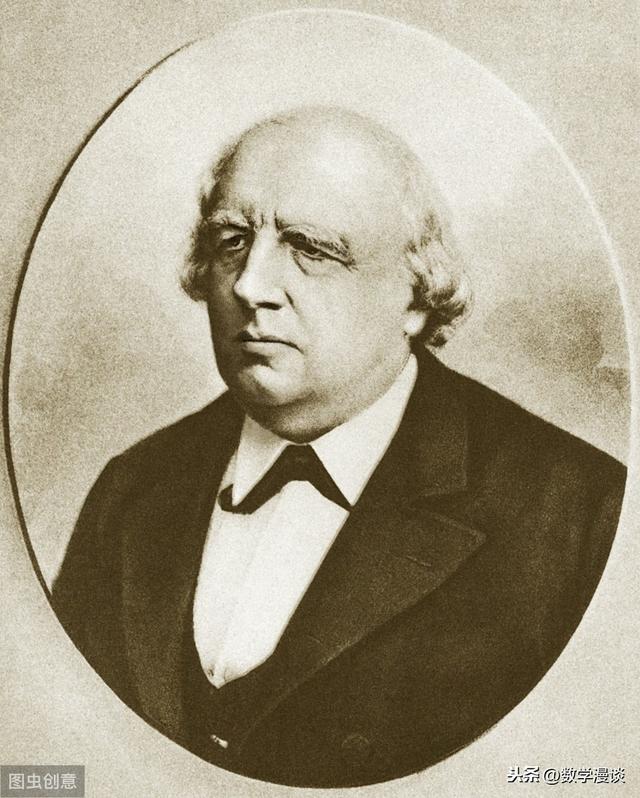
使用 round() 函数解决模糊问题
在之前,上面的这个基于 transform 的问题基本是无解的,想要不模糊,就需要替换掉 transfrom 方法。
而在有了 round() 后,我们可以通过 round() 函数,保证作用了 transform: translate() 或者 transform: scale() 后的计算值一定是正整数,从而避免模糊问题。
譬如,原本的 CSS 如下:
.container {
width: 50vw;
height: 50vh;
transform: translate(-50%, -50%);
}
此时,transform: translate() 的实际最终计算值是会出现小数的。因此,我们可以使用 round() 函数进行取整:
.container {
width: 50vw;
height: 50vh;
transform: translate(round(-50%, 1px), round(-50%, 1px));
}
我们可以使用如下 JavaScript 代码,打印出 transform 实时的计算值。
window.addEventListener("resize", () => {
const transform = getComputedStyle(document.querySelectorAll("div")[0]).transform;
console.log("transform:", transform);
});
如果使用 transform: translate(-50%, -50%) resize 整个页面,可以看到如下打印值:
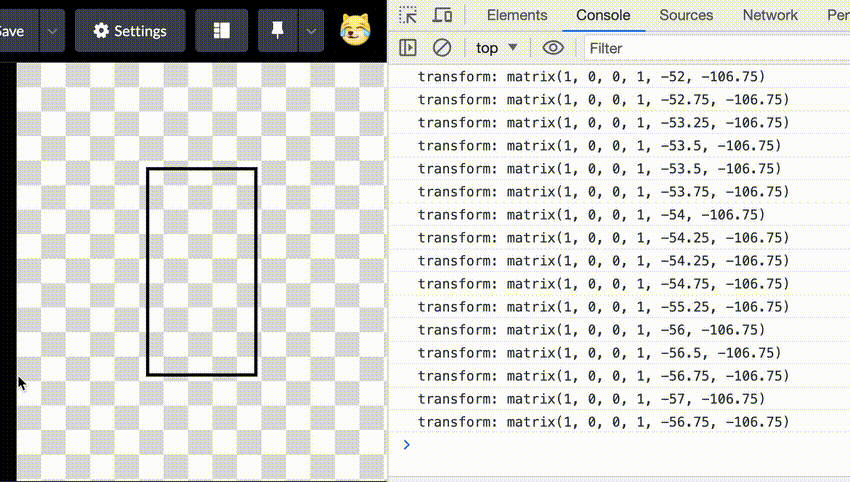
可以看到,此时,transform: matrix(1, 0, 0, 1, -50.5, -106.75) 的中的后两位,其实就是 transform: translate(-50.5px, 106.75px),是存在小数值的。
而使用了 transform: translate(round(-50%, 1px), round(-50%, 1px)) 后,将不会再出现小数值:
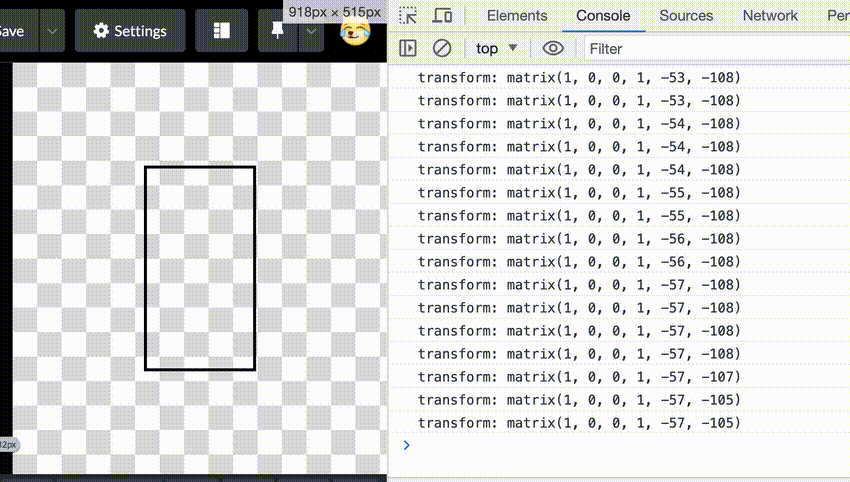
完整的代码,你可以戳这里试一试:CodePen Demo — round() Demo[12]
借由 round() 函数,我们成功的解决了一直以来,Chrome 中非常棘手的一个模糊问题!
使用 round() 模拟步骤缓动动画
round() 还有一个有趣用法。我们可以使用 round() 实现类似于 CSS Animation 中的 steps() 步骤动画的效果。
我们来看这么一个 DEMO:
<div></div>
@property --angle {
syntax: '<angle>';
inherits: false;
initial-value: 0deg;
}
div {
width: 200px;
height: 200px;
border-radius: 50%;
background: conic-gradient(#fc0, #fc0 15deg, transparent 15deg, transparent 30deg);
transform: rotate(var(--angle));
animation: propertyRotate 2s infinite linear;
}
@keyframes propertyRotate {
100% {
--angle: 360deg;
}
}

这里,我们实现了这么一个动画效果:
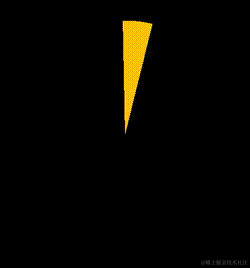
我们可以利用 round(),把一个连贯动画,拆解成步骤动画:
div {
// ...
// transform: rotate(var(--angle));
transform: rotate(round(var(--angle), 30deg));
}
上面,我们使用 transform: rotate(round(var(–angle), 30deg)) 替换了 transform: rotate(var(–angle))。
而 round(var(–angle), 30deg) 保证了其取值只能是 30deg 的倍数或者 0deg。因此,我们可以得到和使用 stpes() 步骤动画一样的效果:

上面使用了 round() 的动画,和如下的动画效果是一致的:
div {
transform: rotate(round(var(--angle), 30deg));
}
// 等同于
div {
transform: rotate(var(--angle));
animation: propertyRotate 2s infinite steps(12);
}
因此,使用 round(),我们也可以轻松的实现类似如下的 Loading 动画效果:

完整的代码round函数是什么意思,你可以戳这里进行了解:CodePen Demo — CSS Math Function Round() Animation Demo[13]
参考资料
[1]
现代 CSS 解决方案:CSS 数学函数:
[2]
现代 CSS 解决方案:CSS 原生支持的三角函数:
[3]
MDN – round():
[4]
Math.ceil():

[5]
Math.floor():
[6]
Math.round():
[7]
Math.trunc():
[8]
CodePen Demo – CSS Math Function Round() Demo:
[9]
疑难杂症:运用 transform 导致文本模糊的现象探究:
[10]
Chromium Bugs — Issue 521364: Transformed text at fractional offsets is very blurry.:
[11]
Serious bug: Slick Slider turns off subpixel font rendering on the entire site in Chrome #2275:
[12]
CodePen Demo — round() Demo:
[13]
CodePen Demo — CSS Math Function Round() Animation Demo:
[14]
Github — iCSS:
如果觉得还不错,欢迎点赞、收藏、转发❤❤
———END———
限 时 特 惠: 本站每日持续更新海量各大内部创业教程,一年会员只需98元,全站资源免费下载 点击查看详情
站 长 微 信: Lgxmw666





